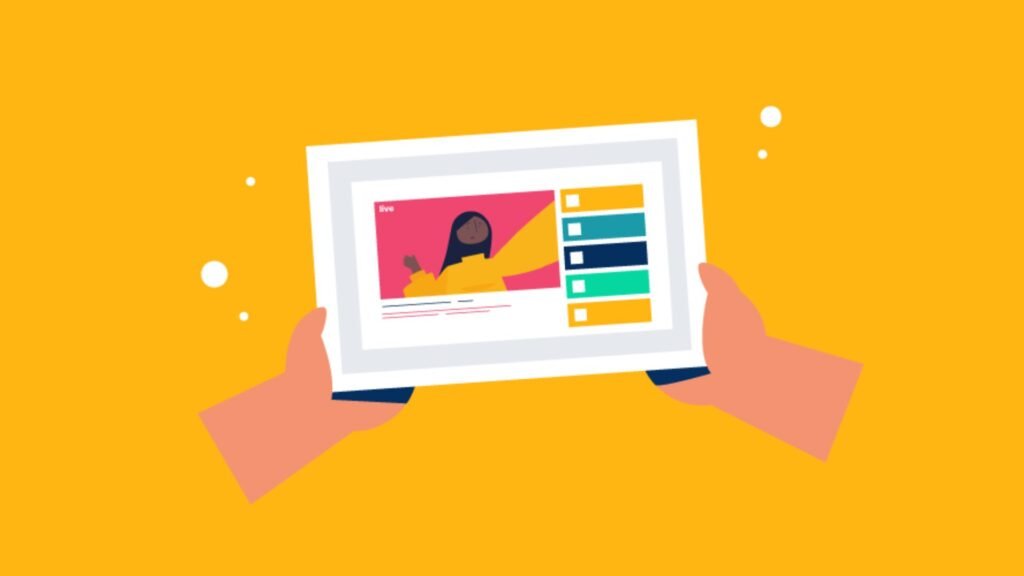Livestreaming on YouTube is a powerful tool for engaging with your audience in real-time, building a community, and growing your channel. To make the most of your livestreams, it’s important to follow best practices that will enhance the viewing experience, attract more viewers, and keep them coming back. Here are some best practices to ensure your livestreaming is a success.

Plan Your Content Ahead of Time
A well-planned livestream can make all the difference. Outline the main topics or activities you’ll cover during the stream. Whether it’s a Q&A, tutorial, behind-the-scenes look, or product review, having a clear plan keeps the flow smooth and ensures you don’t waste time during the broadcast.
- Create a Script or Outline: While spontaneity can be great, having a structure will keep you on track.
- Promote the Stream in Advance: Announce your livestream on social media and through YouTube posts to give your audience time to plan ahead.
Test Your Equipment Before Going Live
Nothing is more frustrating for viewers than technical issues. Before starting your livestream, test your equipment to ensure everything works perfectly.
- Check Your Internet Connection: A strong and stable internet connection is critical to prevent buffering and low-quality streams.
- Test Audio and Video: Make sure your microphone and camera are working properly, and the video quality is clear and sharp.
- Use Reliable Streaming Software: Whether you’re using OBS, Streamlabs, or YouTube’s built-in features, make sure your streaming software is set up and ready to go.
Engage with Your Audience
One of the main reasons people tune into livestreams is the opportunity to interact in real-time. Engaging with your audience will make them feel involved and valued.
- Read and Respond to Comments: Take the time to read the comments and answer questions or give shout-outs. This interaction builds a sense of community.
- Encourage Participation: Ask viewers to like the stream, share it with their friends, and participate in polls or chats.
Maintain a Consistent Schedule
Consistency is key when livestreaming. Viewers are more likely to return if they know when to expect your streams.
- Set a Regular Schedule: Pick a time that works for you and your audience, and stick to it.
- Announce Upcoming Streams: Let your audience know when your next livestream is and what the topic will be.
Optimize for Mobile Viewing
A significant portion of YouTube viewers watch on mobile devices, so it’s essential to ensure your livestream is mobile-friendly.
- Check Your Framing: Make sure your visuals and text are clear and easy to read on smaller screens.
- Test Audio Quality: Good audio is even more crucial on mobile, where sound quality can sometimes be compromised.
Use Interactive Features
YouTube offers a variety of interactive features that can make your livestream more engaging.
- Super Chat and Super Stickers: These features allow viewers to pay for highlighted messages, adding an interactive element and generating revenue.
- Polls and Live Chat: Use live polls to engage with viewers and gather real-time feedback.
- End Screens: Encourage viewers to watch more videos after the livestream ends by adding clickable links to your other content.
Maintain High Energy
Livestreaming requires a lot of energy and enthusiasm to keep the audience engaged. Stay upbeat and enthusiastic throughout the stream to maintain viewer interest.
- Stay Active: Move around, interact with your surroundings, or switch up scenes if possible to keep things visually interesting.
- Keep the Conversation Flowing: Avoid long silences, as they can make the stream feel dull.
Monitor Analytics and Adjust
Once your livestream is over, review the analytics to see how it performed. Monitor metrics like viewership, engagement, and watch time to gauge what worked and what didn’t.
- Watch Time: How long did people stay on the stream? If viewers dropped off early, it may indicate that your intro or content didn’t grab their attention.
- Engagement Metrics: Look at comments, likes, and super chats to gauge audience interaction.
End the Stream Professionally
How you end your livestream matters just as much as how you start. Wrap up your stream with a clear call-to-action (CTA).
- Thank Your Audience: Always express gratitude for their time and participation.
- Promote Future Content: Mention upcoming streams, videos, or events to keep the audience excited.
- End with a Strong Outro: Having a consistent outro, with a message or visual, can create a professional impression.
Conclusion
Livestreaming on YouTube is an exciting way to connect with your audience in real-time, build community, and expand your channel. By planning ahead, using the right equipment, engaging with your viewers, and remaining consistent, you can create a valuable experience that keeps people coming back for more. Remember to always keep learning and experimenting to improve your streams!

